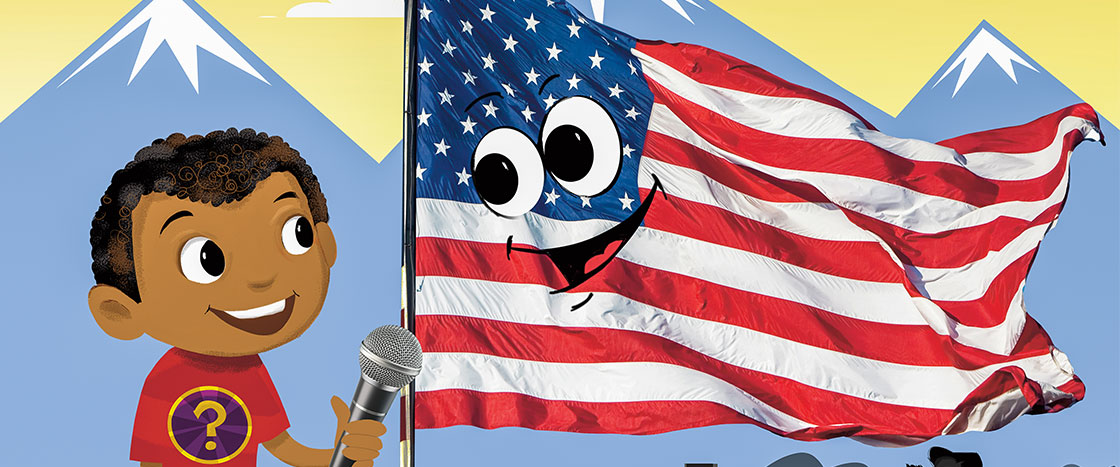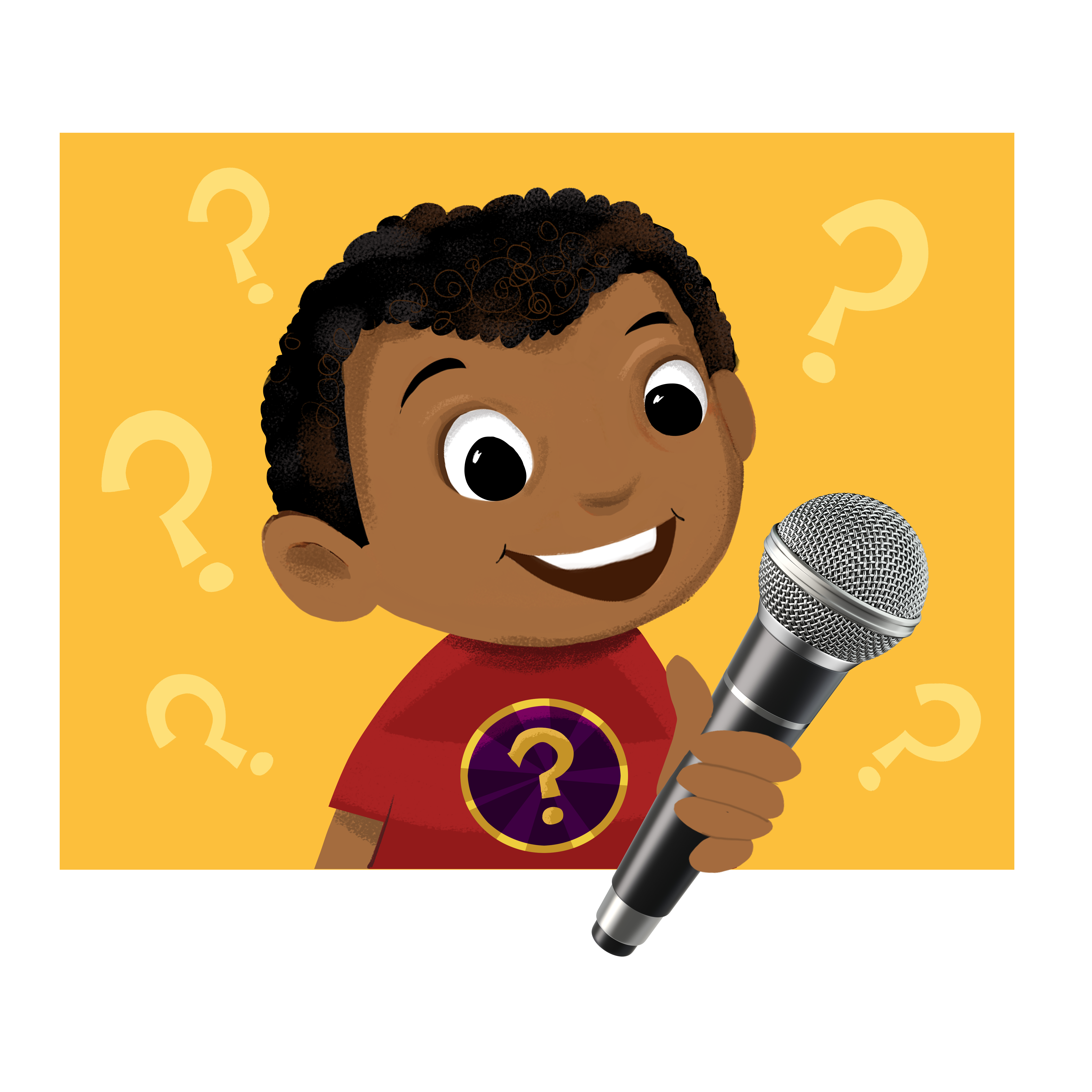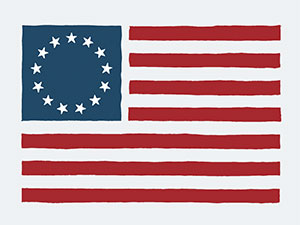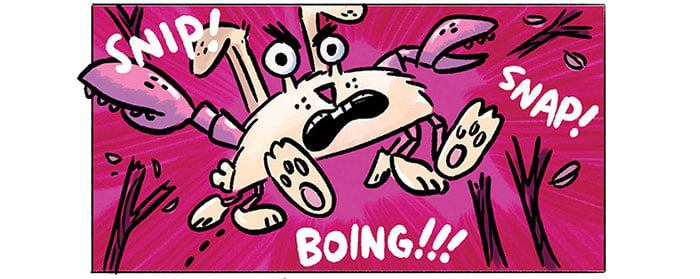QM: Who made the first American flag?
AF: Many people say that a woman named Betsy Ross made the first flag. No one really knows for sure. And I’ll never tell!
QM: When were you first made?
AF: I was first made back in 1776. I’ve changed a bit over the years. But I think I’ve never looked better.
QM: Why are you also called the Star-Spangled Banner?
AF: That is my favorite nickname. Long ago, a man named Francis Scott Key wrote a poem about me. That poem became our country’s song, or anthem. It is called “The Star-Spangled Banner.”
QM: How should I act when I meet an American flag?
AF: Dear boy, I am a symbol of the United States of America. When you see me, you think of our country. So if I pass by in a parade, put your right hand on your heart.
QM: Thank you, American flag. May you wave forever.










Social Studies Focus